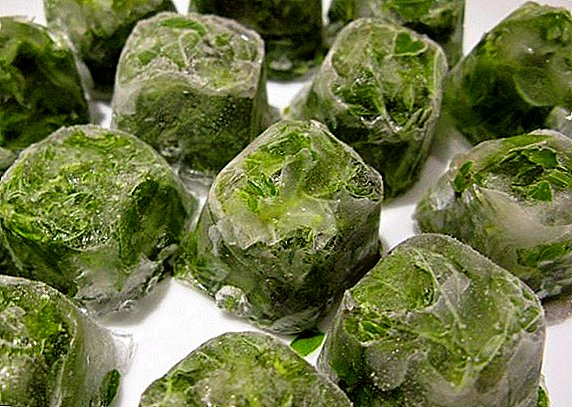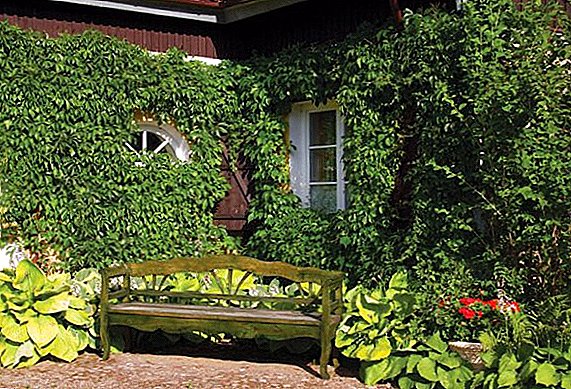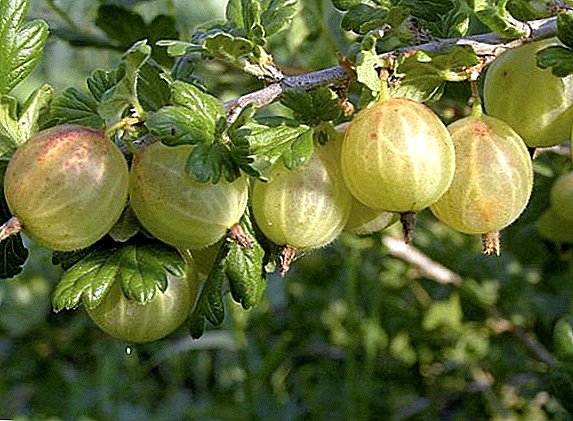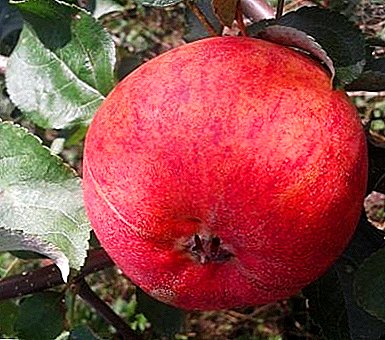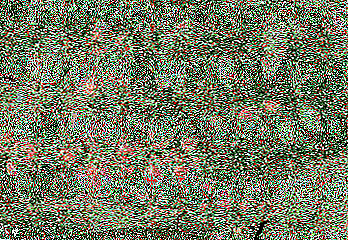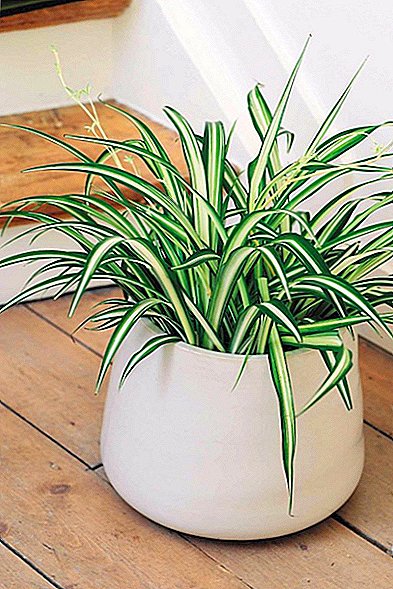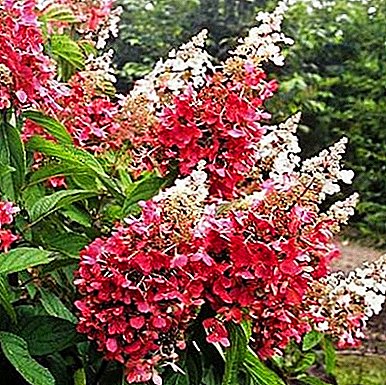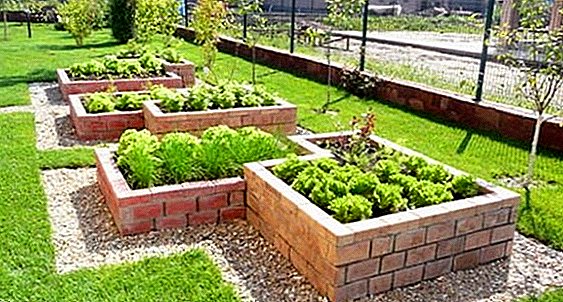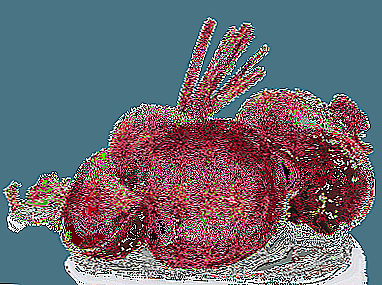
Low-calorie fortified root vegetable beet (the second name is buryak) is considered the second most popular vegetable after potatoes in our latitudes.
Doctors recommend it to people suffering from anemia or cardiovascular disease. Along with iron, the vegetable acts as a natural storage of iodine, calcium, potassium, magnesium, zinc, phosphorus and vitamins of group B.
Does the name of this root crop depend on the locality where it was planted and grown, or is the beetle one type of plant and the beet another? In this we try to understand our today's article.
definition
Common beet (lat. Béta vulgáris), it is nothing but a two-year, annual or perennial herb. The species of this genus belongs to the Amaranth family (earlier this species belonged to the Marevykh family). This plant is cultivated on large fields everywhere.
If you do not go into details, the beetroot is called beetroot, which is used to cook borscht.
Description of the appearance with a photo
Below you can read and see in the photo what a beet and table beet are.





Canteen
The table variety of this plant is a biennial agricultural vegetable crop. The plant has large roots, weighing up to 1 kg and has a dark burgundy color. In appearance, beets can be both round and flat..
The leaves of this vegetable culture have a wide, saturated green color with burgundy veins. Already in the second year after planting, the beet blooms, and then seeds are formed (for details on how to sow beet seeds and take care of them, read here).
From the variety, climatic conditions depends on the time of formation of the root, it can be from 2 to 4 months.
Today, there are 4 types of beetroot.
Varieties of beets differ in time of formation of the root and are divided into:
- Late-ripeningthat ripen to 130 days or more (Cylinder, Slav).
- Early shortthat ripen from 6 to 80 days (Bicorez, Solo).
- Mid-seasontheir ripening occurs from 100 to 130 days (Bonn, Bordeaux 237).
- Early maturitytheir ripening occurs on the 80th - 100th day after landing (Barguzin, Wodan).
Borschchevaya
The Borshchevaya beet variety is not only a high-yielding and mid-season variety, but also has good keeping quality and very good taste. This variety is very popular in Ukraine and Belarus.
The roots of borsch beet have a small weight up to 250 grams, maroon color, well transported and recycled. One of the distinguishing features of this variety is the presence of a ring-shaped root crops.
This variety of plant is very well suited for cooking borscht and various salads.
What distinguishes the beetle from the table variety?
What is the difference between beet and beet? Buryak or beetroot, it is accepted to call borsch beet that has a pink color, this variety is most often grown and eaten in the south (more about the types and characteristics of beet growing can be found here).
Beet "Borschovaya" is one of the constant components of Ukrainian borscht. It is this sort of beet that gives borsch the taste that this Ukrainian dish is famous for.
How correct?
 That's right and that, and another name because, in fact, it all depends on the place of growth and varieties of the plant. In Ukraine and Belarus, beet is called beet, and in Russia, beetroot. It's like a potato, in Russia it is a potato, and in the USA it is a potato. Therefore, both this and that name is correct.
That's right and that, and another name because, in fact, it all depends on the place of growth and varieties of the plant. In Ukraine and Belarus, beet is called beet, and in Russia, beetroot. It's like a potato, in Russia it is a potato, and in the USA it is a potato. Therefore, both this and that name is correct.
If you do not rely on the Russian literary language, and focus exclusively on colloquial slang, then in everyday life of a Russian person the name of this plant is most often pronounced as beetroot. emphasis is placed on the last letter of the word, and for our neighbors living in Ukraine and Belarus, burak or buriak. That is, in fact, these are three different names for the same root crop.
"Beet" is the same as the Russian medieval hero Novikov with emphasis on the second in this word Oh, as well as Odoyevsky (with emphasis on the second O), who is the poet of the times of Pushkin A.S., that is, nothing litmus paper of our philological education.


